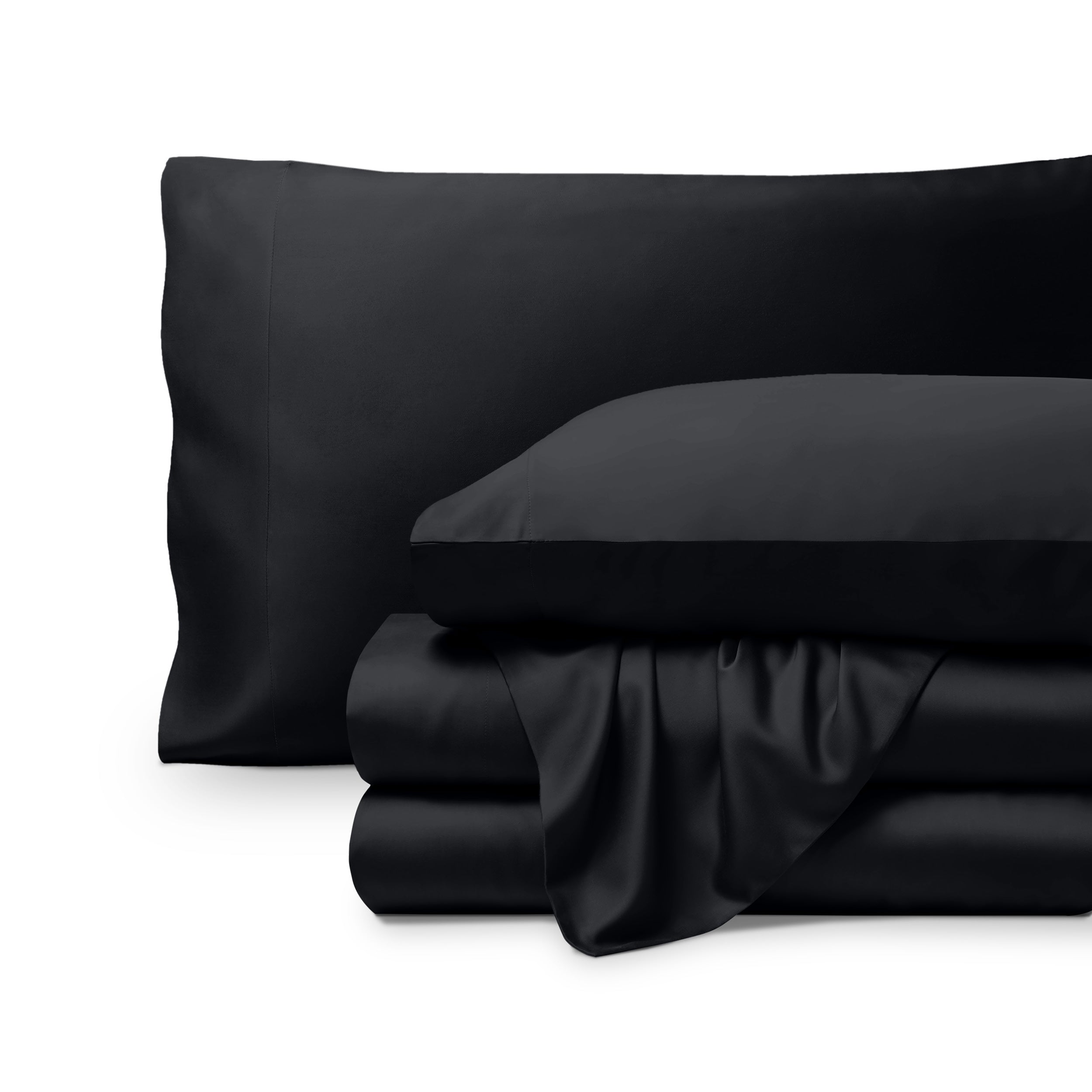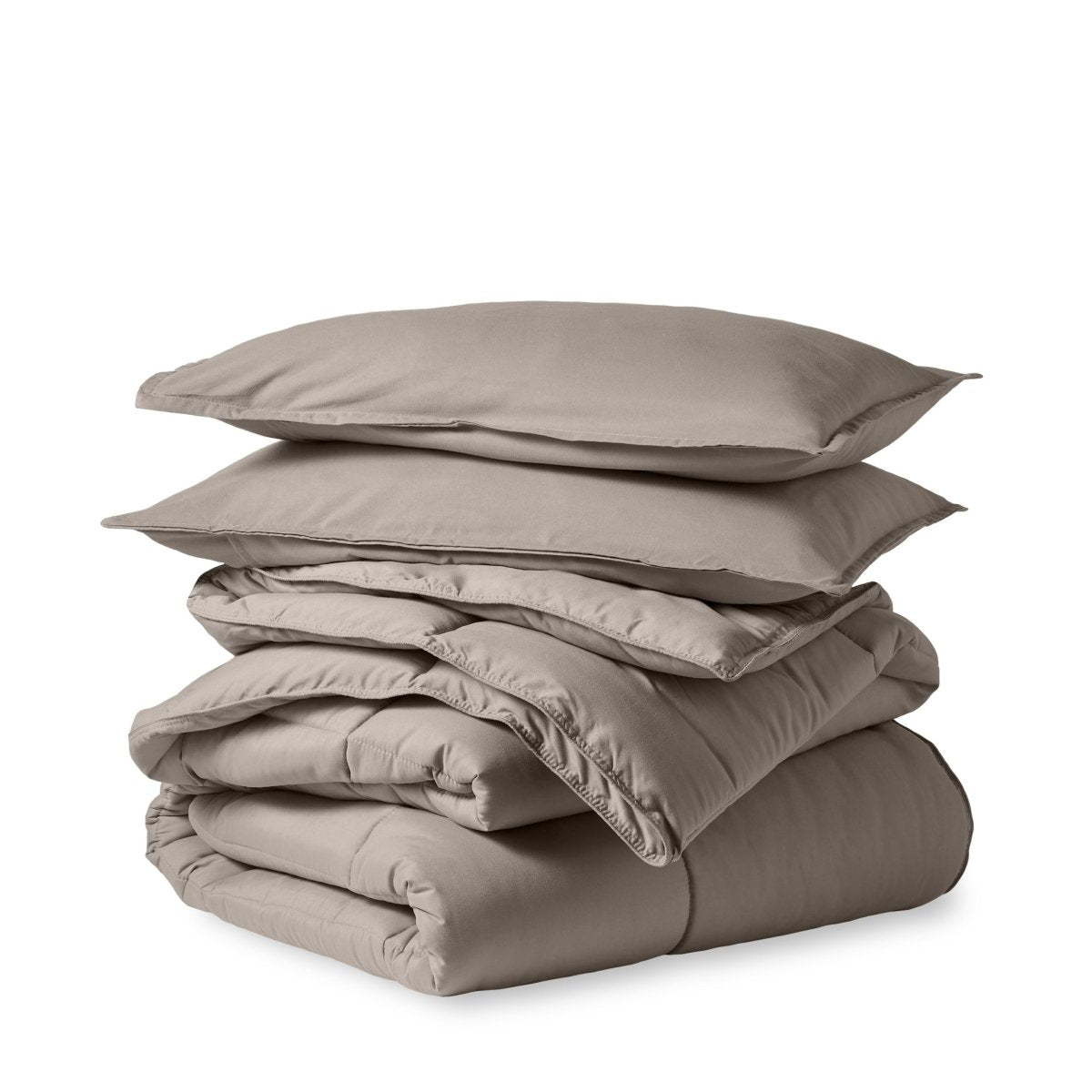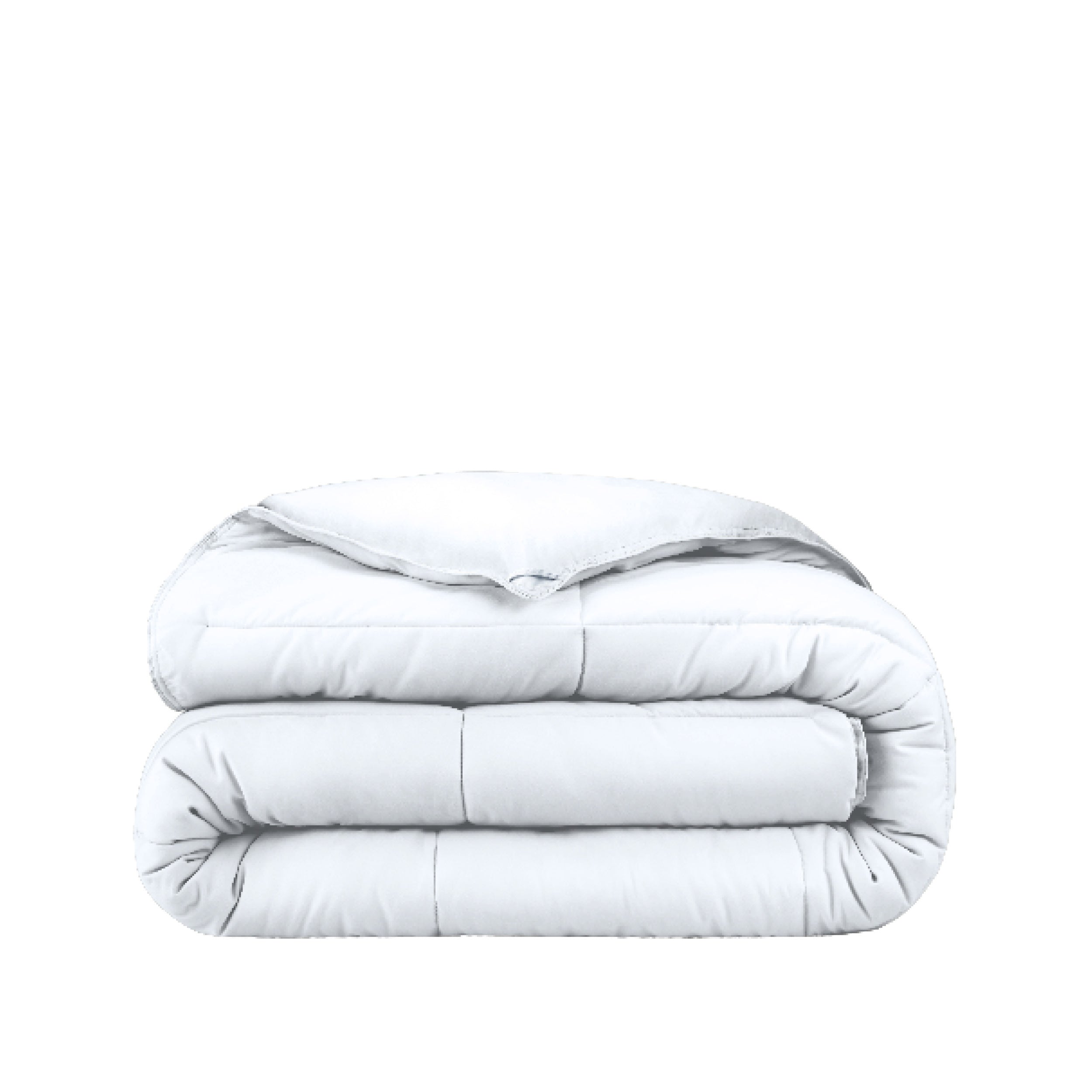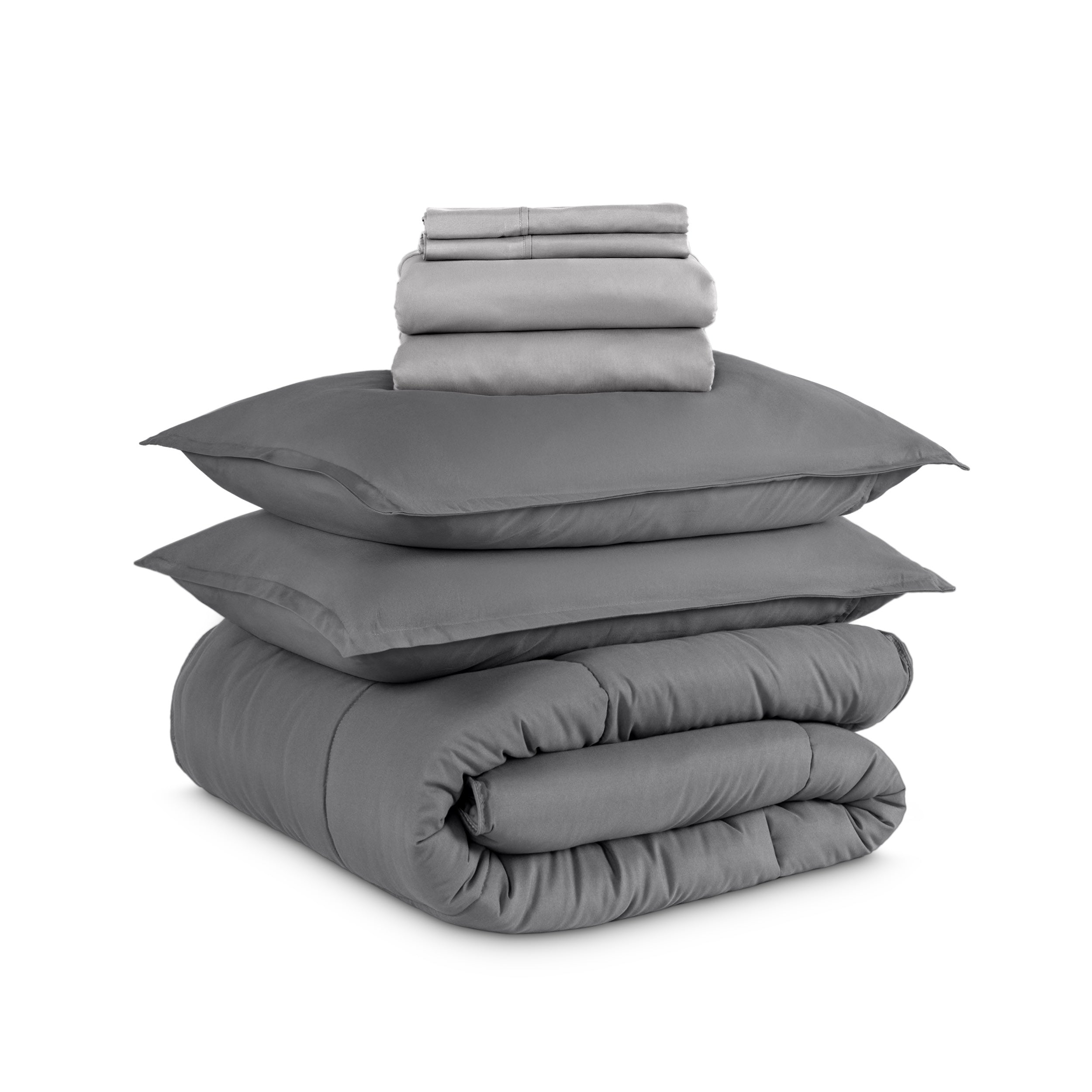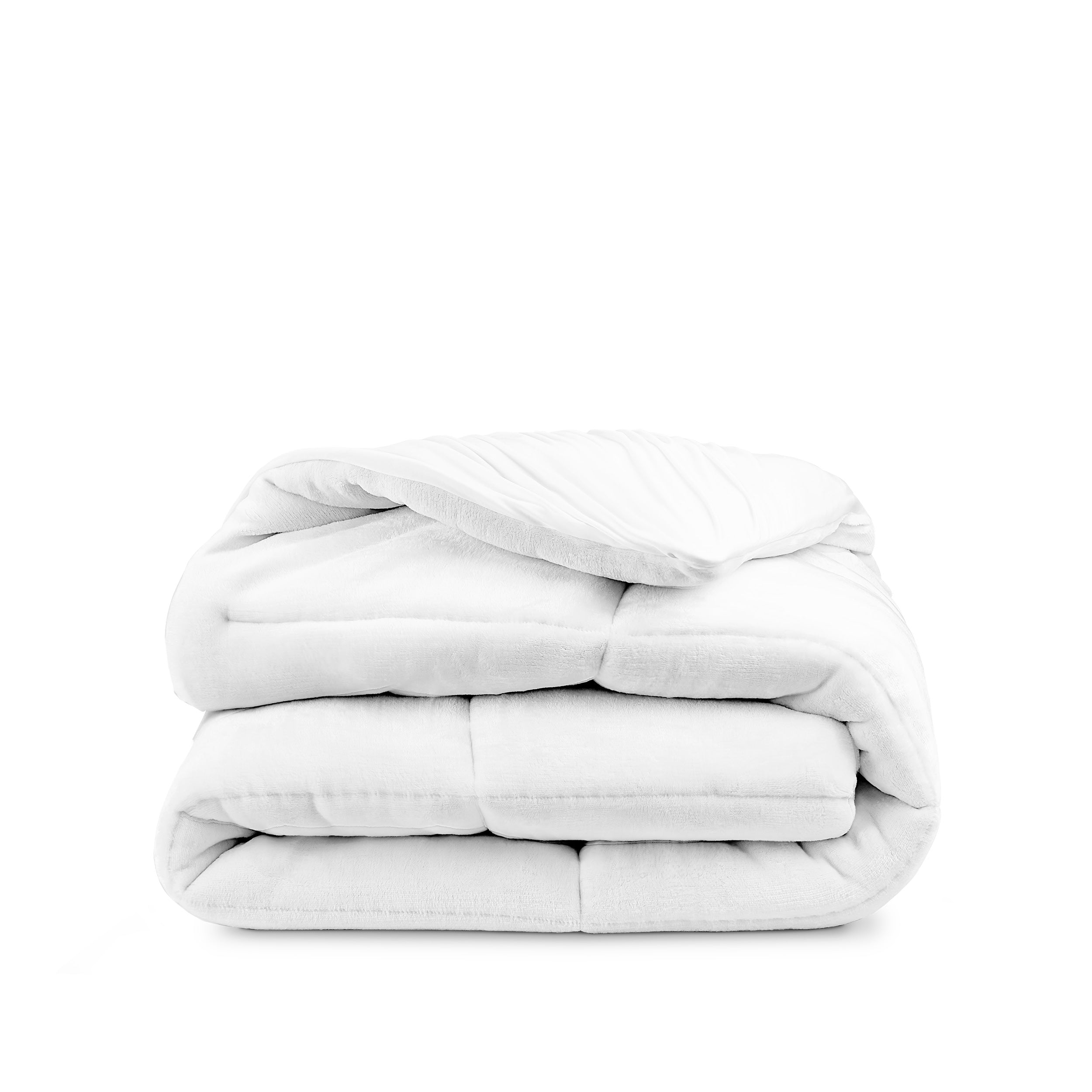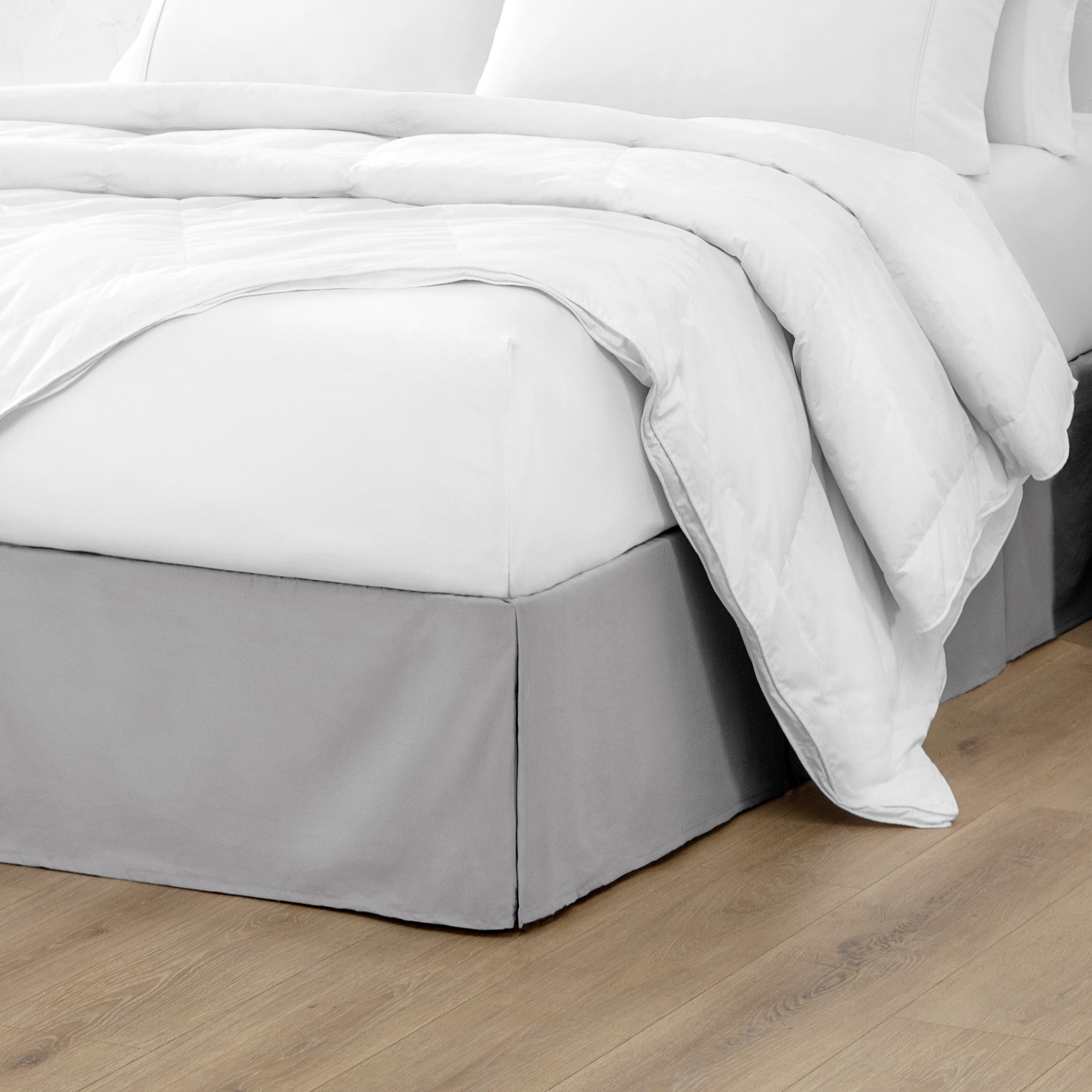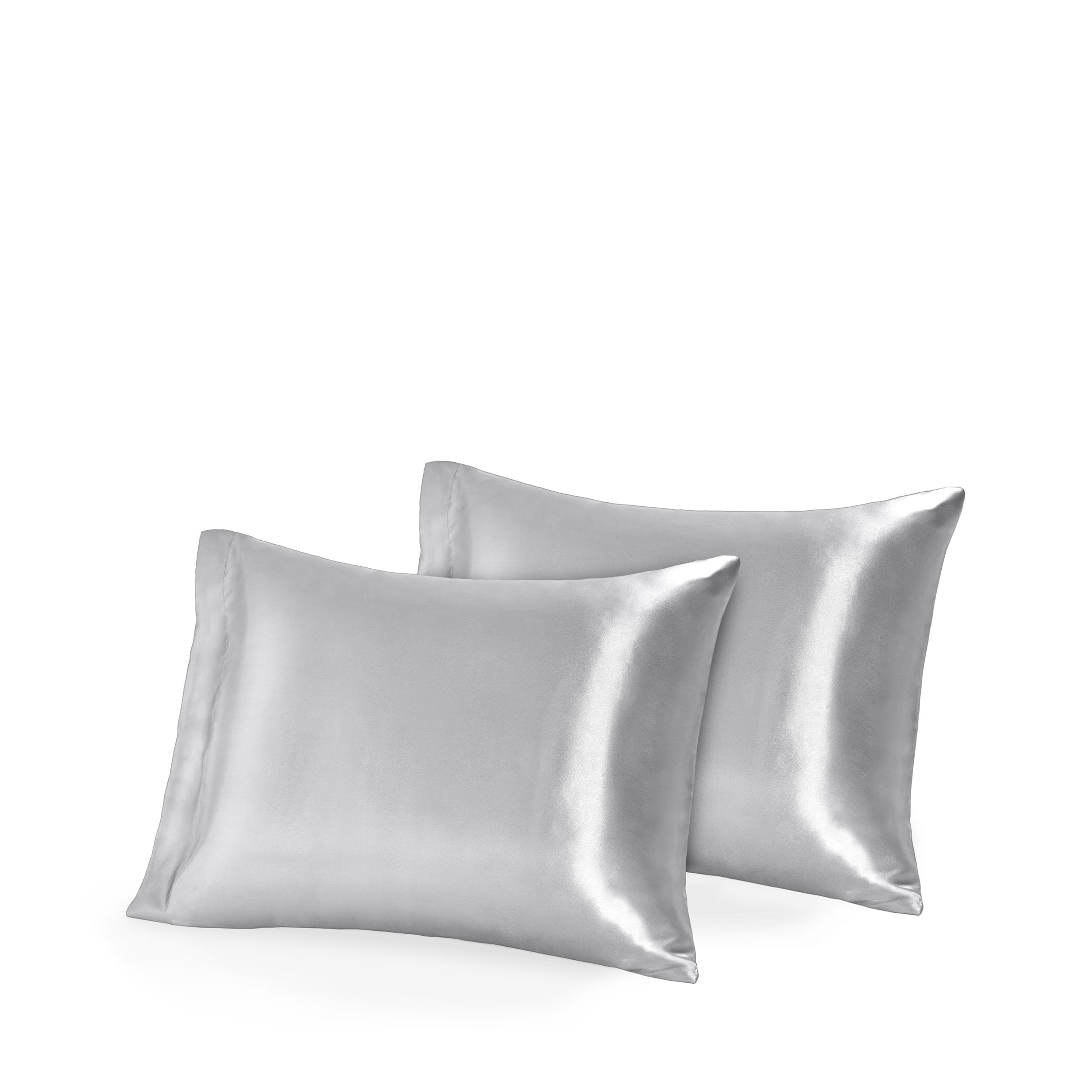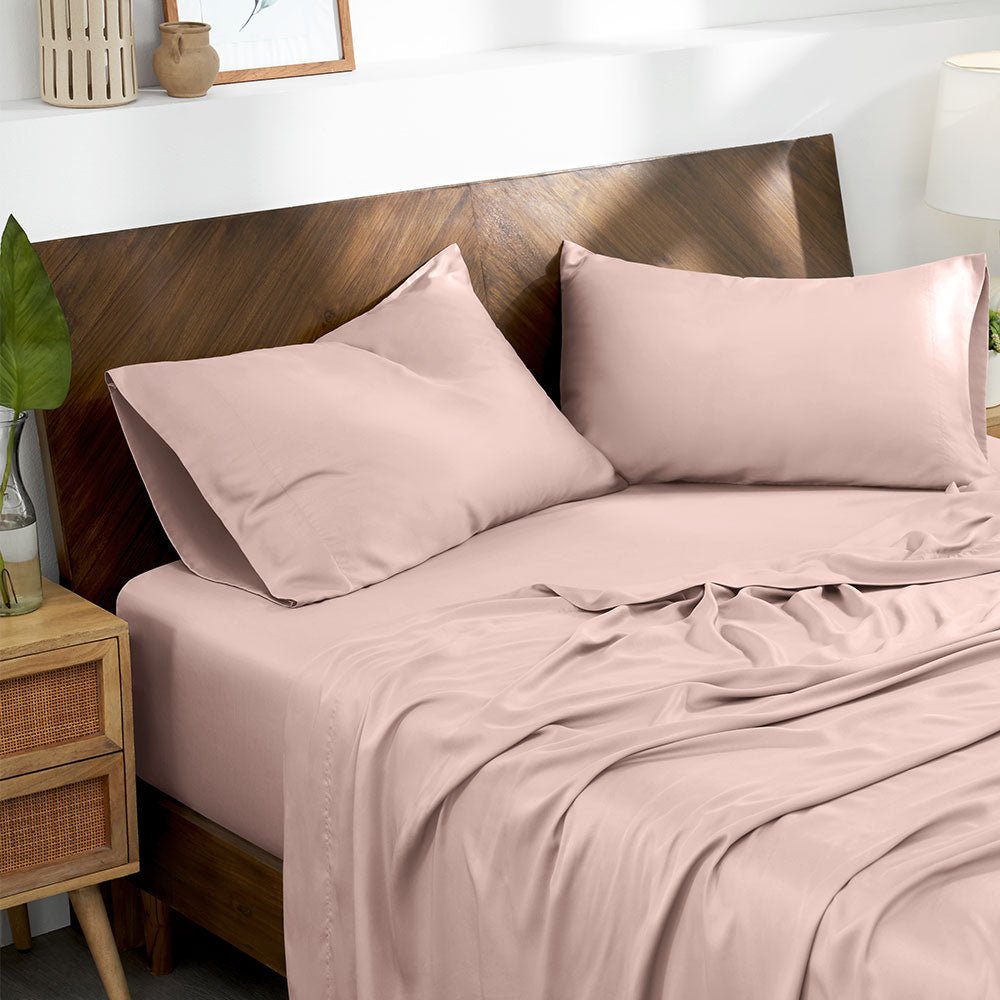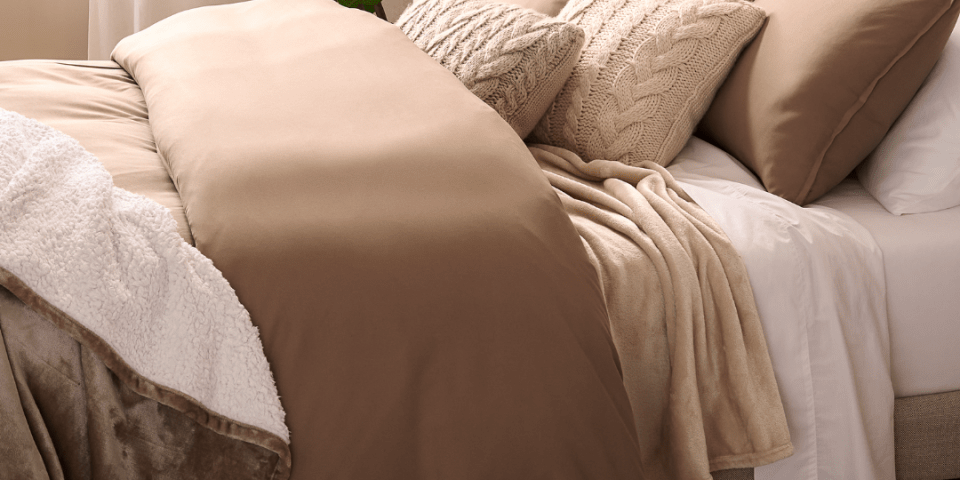There are all sorts of different bed styles worldwide. Some are luxurious and comfortable, while others are humbler and simpler. No matter what type of bed you have, though, one thing is for sure: you need it to get a good night's sleep! In this blog post, we will look at different types of beds from across the globe. We will also explore the different sleep cultures in different countries and see how they affect bed design. In honor of National Hammock Day (7/22/22), let's take a tour of the wonderful world of beds!

What Can We Learn from Other Sleep Cultures?
A good night's sleep is vital for our physical and mental health, yet many of us struggle to get the rest we need. This is especially true in Western cultures, where sleep is often seen as a luxury. In contrast, sleep is considered an essential part of life in many other cultures.
For example, in traditional Chinese medicine, it is believed that sleep helps to balance our yin and yang energies. In Korean culture, there is a saying that "sleep is the best medicine." And in Japan, the concept of "inemuri" (sleeping on the job) is seen as a sign of dedication and commitment.
While there are certainly some differences between these cultures and our own, there are also some important lessons that we can learn. For instance, we can see that sleep is not simply a time to rest our bodies, but also an opportunity to rejuvenate our minds and souls.
We can also appreciate that sleep should be respected as an important part of our day, rather than squeezed into our busy schedules. By learning from other cultures' approaches to sleep, we can create a unique roadmap for getting a good night's rest.

Sleeping Space vs. Living Space
Sleeping space and living space are two areas that are typically quite separate in most cultures. The bedroom is seen as a place for rest, while the living room is the domain of social interaction. However, there are some cultures in which sleeping and living spaces are more intertwined.
In Japan, for example, it is not unusual for people to sleep on futons in the same room where they eat and entertain guests. This arrangement allows people to make better use of small homes and fosters a greater sense of community. Whether sleeping and living space are separate or shared, each culture has its way of approaching this important aspect of daily life.
Beds from Around the World
In the United States, if we think of different kinds of beds, we often think in terms of bed sizes. But while it's true that we have a lot of diversity where size is concerned - from the single bed to the California king bed - around the world people sleep in all sorts of other ways.
Some cultures have developed unique beds that suit the climate and the way people traditionally live. For example, in Japan many people sleep on futons, which are thin mattresses that can be rolled up and stored away during the day. In China, Kang stove beds are popular. These beds have a built-in fireplace, making them ideal for sleeping in cold weather.
In India, charpai beds are commonly used. These beds consist of a simple bed frame made of wood or bamboo, which is strung with ropes or cloth. And in many parts of Latin America, people often sleep in hammocks, which are comfortable and cooling making them perfect for hot weather. While the perfect bed may not exist, that doesn't mean we can't try them all out! Read on to learn more.

Japan - Tatami Mats and Futons
The Japanese have been using tatami mats and futon beds for centuries, and these traditional sleeping arrangements are still hugely popular today. Tatami mats are made from rice straw and are typically used as flooring in Japanese homes. Futon beds are essentially mattresses that can be rolled up and stored away during the day, making them ideal for small spaces.
In terms of comfort, futons tend to be softer than tatami mats. However, tatami mats offer a more firm and supportive sleeping surface. In addition, tatami mats are thought to be better for your back and posture. If you suffer from back pain, sleeping on a tatami mat may help to alleviate some of your symptoms. Ultimately, the best choice for you will depend on your personal preferences and needs.
In recent years, more and more people in the West have begun to adopt these traditional Japanese sleeping habits, and it's easy to see why. Not only are tatami mats and futons comfortable, but they also offer a range of health benefits that other sleeping arrangements simply can't match.

China - Kang Stove Bed
In China, the Kang stove bed is a common household item that has both practical and cultural significance. The Kang is a large platform made of brick or stone that is used for heating. In winter, families would huddle around the Kang to keep warm. In summer, the Kang would be used as a bed - sleeping on the Kang bed would help to keep the body cool. The Kang bed was thus an essential part of daily life in China, and it played a role in both work and leisure activities.
Today, the Kang bed is still used in some parts of China, and it remains an important part of Chinese culture. For many people, sleeping on a Kang brings back fond memories of childhood and family life. It is also a reminder of the simple pleasure of taking a break from the hustle and bustle of daily life to relax and enjoy the warmth of the Kang.

The Charpai: India's Traditional Bed
A charpai is a type of bedframe commonly used in India. The name loosely translates to "four-legged" and consists of a wooden frame strung with ropes, which can be made from a variety of materials including jute, hemp, or wool. The charpai is used as a sleeping surface, either on its own or with a mattress, and is also commonly used as a daybed or lounge chair.
Charpais are popular in India due to their low cost and portability. They are often moved from indoors to outdoors, or from room to room to make a space more flexible. In addition, the charpai provides good ventilation and helps to keep the user cool during hot weather.

The Humble Hammock
Hammocks have been around for centuries, and their origins can be traced back to several different cultures. The earliest known hammocks were used by the Maya people of Central America, and they were typically made from plant fibers or animal hide. In a rainforest habitat, a hammock offered respite from ground-dwelling predators.
Hammocks then spread to the Caribbean, where they were adopted by the native Arawak people. These hammocks were often decorated with colorful patterns, and they became an essential part of life in the islands. In the 18th century, hammocks began to appear in Europe, and they quickly became popular to relax and enjoy the outdoors.
Today, hammocks are still used as beds by many cultures around the world. In fact, they are one of the most comfortable ways to sleep. The key to their comfort lies in the way they cradle the body, providing support while allowing the muscles to relax. This makes them ideal for people who suffer from back pain or other conditions that make it difficult to sleep on a traditional mattress.
In addition to their comfort, hammocks also offer several other benefits. They are easy to transport and can be set up almost anywhere. This makes them perfect for camping or traveling. Hammocks also create a sense of privacy and seclusion, which can be helpful for people who want to fall asleep without the hustle and bustle of everyday life.
Finally, hammocks offer good ventilation, which is important in tropical climates where nights can be unbearably hot and humid. For all these reasons, it is no wonder that the hammock remains an important part of many peoples' sleep culture today.
Conclusion
While we may not all be able to hop on a plane and experience each bed firsthand, it’s interesting to see how people from all over the world use their sleeping and living spaces differently. Each of these beds has its own unique benefits, so it will be interesting to see which one(s) catch on in the United States. Until then, grab your hammock and head outside for National Hammock Day!

